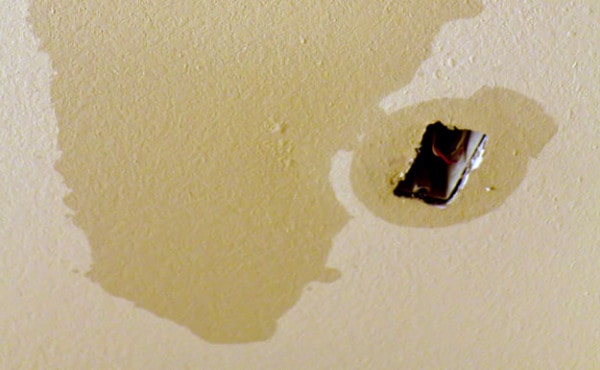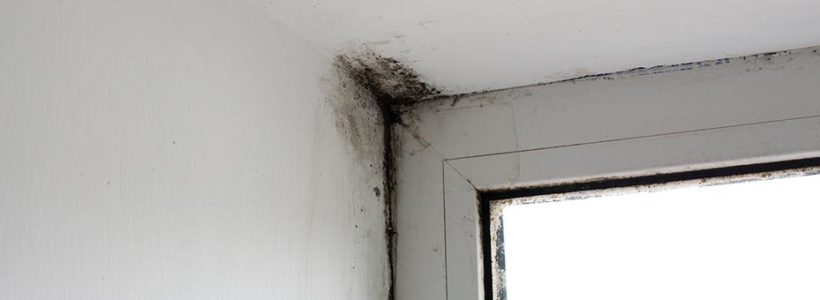Instructions to Identify and Address Stains from Water on Wall Surfaces
Instructions to Identify and Address Stains from Water on Wall Surfaces
Blog Article
This post in the next paragraphs about Indicators of Water Damage Behind Walls is relatively enjoyable. Check it out for yourself and see what you think about it.

Water discolorations on walls are not enjoyable to the eyes. Your home ought to be without stains on the wall surfaces, roof covering, or floorings. That is the suitable state of a house and also its frameworks. Sometimes it appears practically unavoidable to experience water stains on walls in houses.
Home owners living in humid regions regularly deal with the anxiety of water discolorations on wall surfaces. With precise as well as all-around information on the causes of water discolorations and also timely repair work processes, you will certainly constantly be a step in advance of such incidents.
3 Common Causes of Water Discolorations on Walls
Contrary to common belief, water spots on walls do not constantly stem from inadequate building products. There are several sources of water stains on wall surfaces. These include:
Poor Drain
When making a building plan, it is critical to guarantee ample drainage. This will protect against water from seeping into the wall surfaces. Where the water drainage system is clogged or nonexistent, underground wetness accumulates. This web links to excessive wetness that you discover on the walls of your building.
So, the leading source of damp wall surfaces, in this situation, can be a poor water drainage system. It can additionally be because of inadequate administration of sewer pipes that go through the building.
Moist
When warm moist air consults with completely dry cold air, it creates water droplets to form on the wall surfaces of structures. This happens in bathroom and kitchens when there is steam from food preparation or showers. The water beads can tarnish the surrounding walls in these parts of your house and also infect other areas.
Damp or condensation affects the roof and also wall surfaces of buildings. When the wall is damp, it produces a suitable environment for the development of germs and also fungis.
Pipe Leaks
Most houses have a network of water pipelines within the walls. It always boosts the viability of such pipes, as there is little oxygen within the wall surfaces.
A downside to this is that water leak impacts the walls of the building and causes extensive damages. An indicator of faulty pipelines is the appearance of a water stain on the wall.
Water Discolorations on Wall: Repair Service Tips
Homeowners would generally desire a quick fix when dealing with water discolorations. They would certainly soon understand this is counterproductive as the water discolorations persist. Right here are a couple of useful pointers that will assist you in the repair of water spots on wall surfaces:
Pro Idea
A houseplant in your house likewise boosts its humidity. So, if your house is already damp, you may want to present houseplants with very little transpiration. An example of appropriate houseplants is succulents.
Verdict
No one desires to have water stains on walls in their house, it can happen to the finest of us. This article provides you utilize, as you now understand how to handle this problem if it does occur.
It is always best to hire specialist services to assist deal with the damages in your home.
Often it appears almost inescapable to experience water discolorations on walls in homes.
Contrary to prominent idea, water spots on wall surfaces do not constantly stem from inadequate structure products. There are numerous reasons of water discolorations on wall surfaces. The water beads can tarnish the bordering wall surfaces in these components of your residence as well as spread to various other areas.
Here are a few useful tips that will certainly guide you in the repair work of water spots on walls:
CHECKING FOR WATER DAMAGE
Water damage can be costly, and it may begin before you even notice the first signs of trouble. Water damage can cause mold and mildew in your walls and floors, which can create an abundance of health concerns for your family. It can also lead to costly repairs of various appliances and general home fixtures. To avoid the pricey consequences of water damage, here are Warner Service’s top 5 places you should check:
The walls – The easiest place to spot the beginnings of water damage is on the walls and ceilings of your home. If water damage is present, there will most likely be water stains, especially around the windows and doorframes, and/or cracks in the drywall. If a stain looks unusual (discolored to brown, black or gray, raised texture), has a swollen appearance or is soft to the touch, contact a professional immediately. The pipes – To avoid water damage, consistently check the pipes in your kitchen (especially the dishwasher and ice maker), bathrooms, laundry room (specifically washing machines) and basement for corrosion, leaks and water stains. Pay special attention to where the pipes connect in your home and the location of caulking around the bathroom fixtures, including toilets, sinks, showers and tubs. Missing or loose caulking and grout could be signs of leaking water. This seepage can also quickly cause mold and rust, so double check your water heater and tank for wet spots on the floor. The floor – Water damage is very easy to spot on the floor. Look for any warping or buckling of the material, especially in the basement. If your home has wood flooring, look for bright white or dark stains. If your home has carpeting, keep it dry and clean. A damp carpet that smells of mold could cause water damage and health problems. To avoid this, consider installing floor pans under your appliances to help prevent damages from small, slow and undetected leaks. The basement and attic – If your basement or attic smells odd check for mold and mildew around the area, especially the valley where the roof meets. While you are inspecting those areas, check for wall cracks, floor stains, rust and dampness in the insulation. If you live in a colder and/or rainier climate, perform routine checks for water damage from melting snow or ice and rain. The exterior – Check the roof for damaged flashing and missing, cracked or curled shingles. There should also be no standing water anywhere outside your home. This could be caused by puddles, leaky rain gutters or hoses, poor drainage, or short gutter spouts. Invest in a sump pump system or water flow monitoring system, and perform routine maintenance on these outdoor appliances to avoid indoor water damage.

I was shown that write-up on Water Stains on Walls through an acquaintance on our other web property. Remember to take the time to promote this blog entry if you enjoyed reading it. Thank-you for taking the time to read it.
Explore Report this page